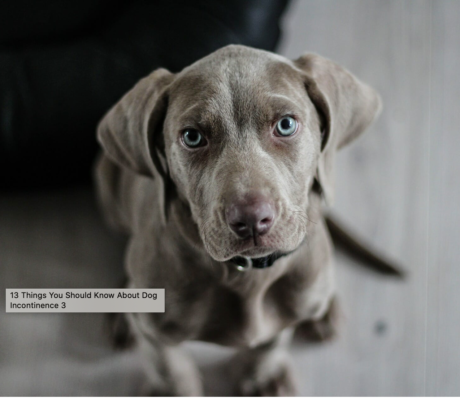
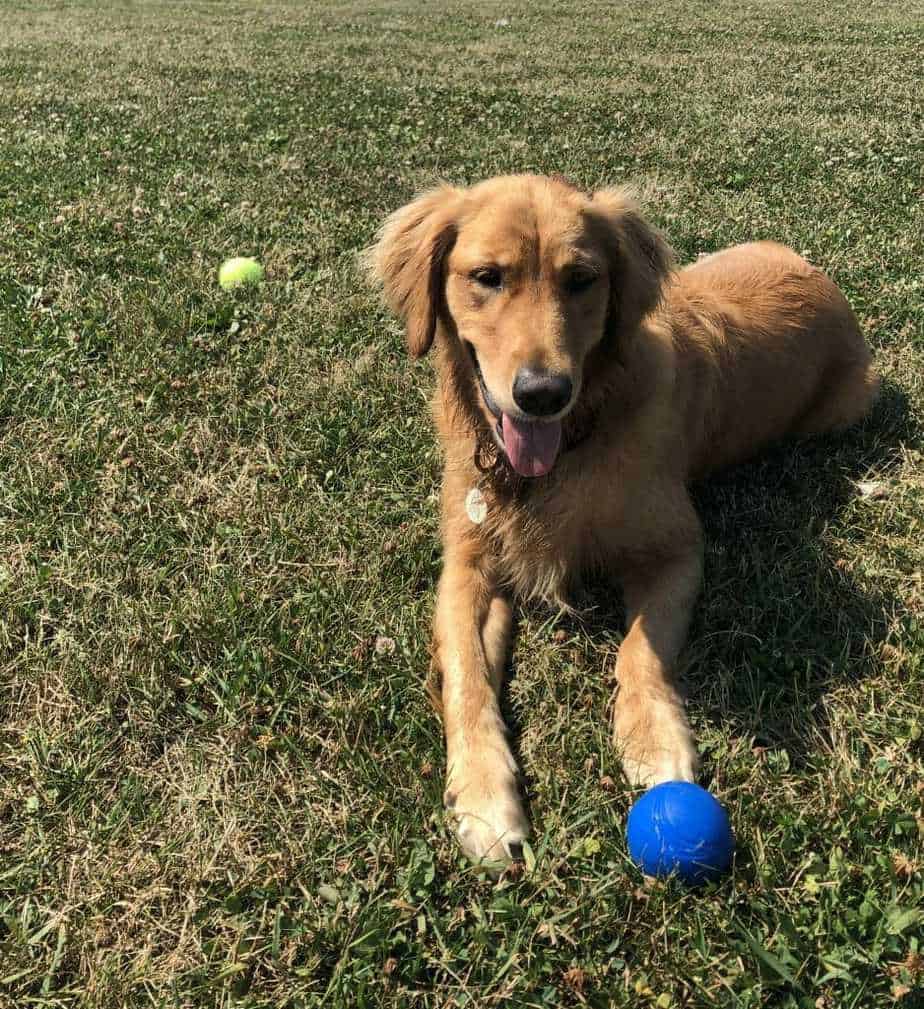
You’ve spent a lot of time and effort training your dog to pee outside or on a pee pad in the house in order to avoid having to clean up any unsightly messes. And after a good stretch of time with no accidents, you’ve decided that she’s in the clear and is officially house trained.
But then, out of the blue, she leaks. A few days later, she has another accident. And then it happens again and again. It could even be while she’s sleeping. What’s the deal?
While there could be any number of reasons why your dog is having sporadic accidents, it could be the result of what’s known as “canine incontinence.”
But what is incontinence, and what can you do about it so your dog stops leaking without being able to control it?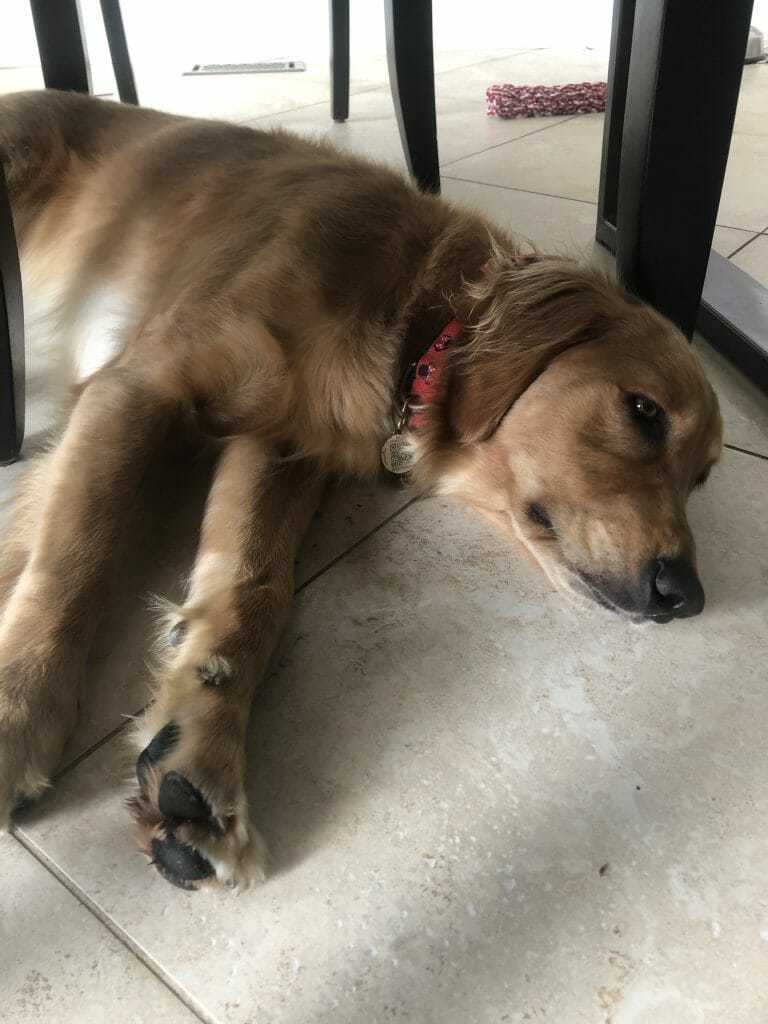
Do you sometimes find your dog sleeping in her own pool of urine, despite the fact that she is fully house trained? It might be time to get her checked out for possible incontinence.
What is Incontinence?
Simply put, urinary incontinence happens when a dog that is house trained loses control of her bladder. It can be as minor as the odd leak once in a while to frequent unleashing of a full bladder of urine.
As you would expect, the symptoms of incontinence are leaking urine or having accidents despite being house trained. Your dog may also excessively lick her genital area. You may even notice that your dog is sleeping in a pool of her own urine.
What Causes Dog Incontinence?
There could be any number of reasons why your dog is suffering from incontinence. Here are a few:
- Old age
- Infections in the bladder urinary tract
- Stones, polyps or tumors
- Drinking too much, which could be the result of Cushing’s disease or diabetes
- Urinary tract developmental abnormalities
- Weak bladder sphincter
- Herniated disc
- Spinal injury
- Hormonal imbalance
- Being spayed
Among all the reasons listed above, spay incontinence – or estrogen-responsive or incontinence – tends to be the most common reason why female dogs experience this condition. The good news is, there are some things you can do about it as an owner.
How is Incontinence Diagnosed?
If you’ve noticed that your dog is unable to hold her urine every once in a while, you may want to find out exactly what is causing this situation. While it could just be that she is not yet fully house trained, there could be an underlying medical reason for these mishaps, and incontinence could be one of them.
The best way to find out for sure is to take your pooch to your vet for a thorough examination.
Generally speaking, the first step that vets will take – after a general physical exam – is to suggest a urinalysis and urine culture. This will help determine if there is any bacteria in the urine that could be indicative of an infection somewhere. This could be causing your dog to leak uncontrollably.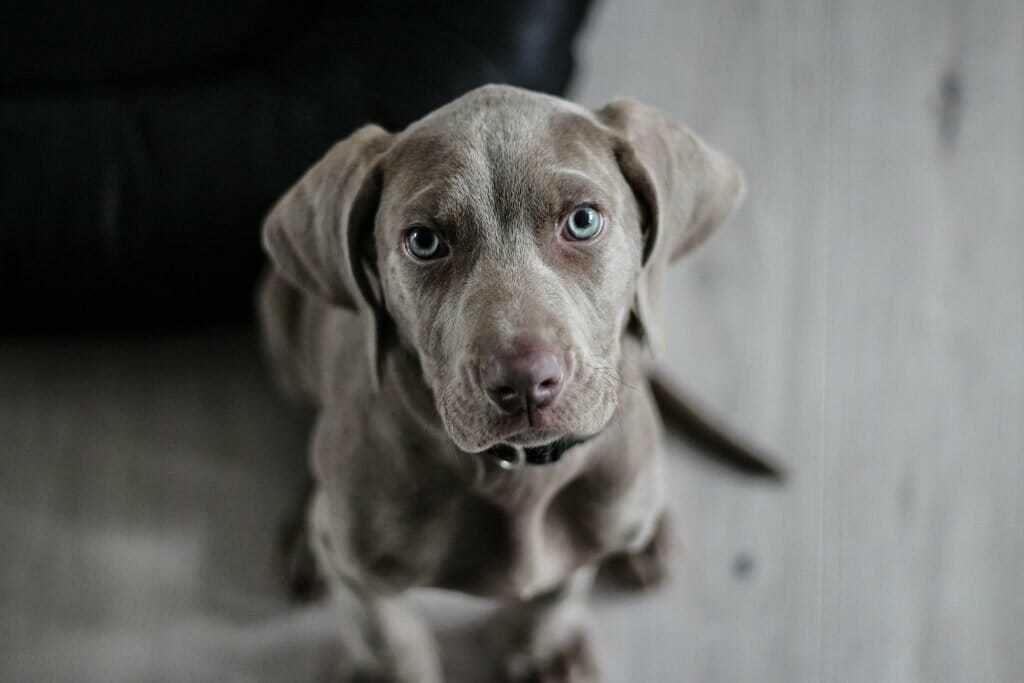
Incontinence usually shows itself later in a dog’s life, but it can even happen sometimes when a dog is just a pup, especially soon after being spayed.
If there is something in the urinalysis that points to a potential medical issue, the vet will likely suggest bloodwork to make a solid diagnosis. Further, the urine culture will help to identify any bacteria that may be present in the urine; and if there is any, it will also determine the type.
Additional testing may be done as well, including ultrasounds or X-rays. If incontinence is believed to be the culprit and your dog is under the age of one year, these additional tests will help determine if there are any developmental abnormalities.
Incontinence After Spaying
Unless you plan to breed your female dog, spaying her is a responsible thing to do as an owner. It will help to prevent urinary tract infections and breast cancer, which can be deadly in as many as 50% of dogs. Spaying may be best done before your dog’s first heat because it will provide better protection from diseases such as these.
But, as already mentioned, spaying is also the most common culprit behind incontinence in dogs. When a female dog is spayed, her urethral sphincter is not as strong any longer after surgery. And as she ages, the weakness of this sphincter can get even worse. It’s estimated that about 20% of spayed female dogs will experience incontinence at some point of being spayed.
How Can Spay Incontinence Be Treated?
If your dog has been officially been diagnosed with incontinence as a result of being spayed, there are some treatment options available.
As already noted, a decrease in urethral sphincter strength following a spay procedure can result in incontinence. To treat this issue, measures can be taken to strengthen the urethral sphincter through certain types of medication, including estrogen therapy. In fact, about half of the cases of incontinence can be effectively treated this way.
Non-hormonal treatments may also prove to be effective in strengthening the urethra to treat the condition, such as phenylpropanolamine (PPA). Further, there are also treatments that don’t involve medication that may be able to help your dog with her incontinence, such as collagen injections around the urethral sphincter.
If any of these treatments seem to be ineffective and the condition worsens, surgery is always an option. However, this should be a last resort. If you are considering surgery, be sure to speak in-depth with your vet before you take this route to treat your dog’s spay incontinence.
To deal with accidents in the meantime, you may want to look into dog diapers which can help catch the leaking urine before it makes it to your floor or couch. Many dog owners use these diapers when they are first house training their dogs so that there are minimal accidents in the house to have to clean up.
These diapers can be found in a number of places, including pet stores and on Amazon. Some dog owners even use them on their unspayed female dogs when they’re in heat to control any messes in the house. These diapers are washable, comfortable, and highly absorbent to soak in even the biggest puddles of urine.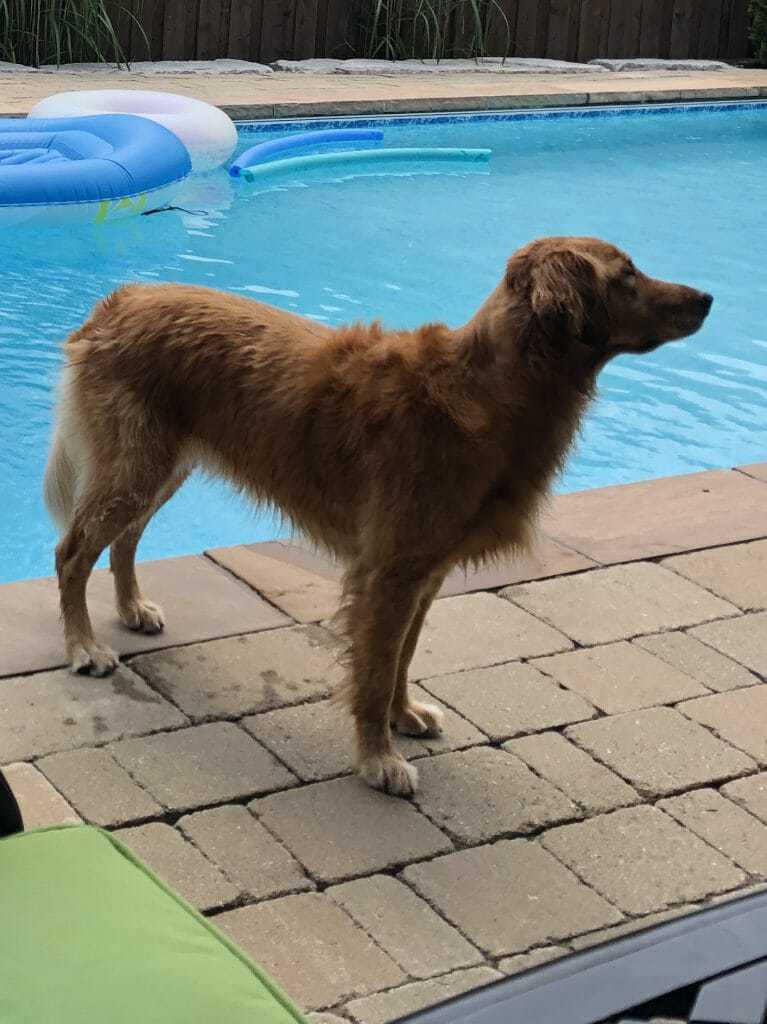
There are several treatment options available to help deal with your dog’s incontinence. There are also a few things you can do at home to keep her more comfortable.
What Breeds Are More Susceptible to Incontinence?
Incontinence can affect any dog breed, but there are certain ones that are more susceptible to this condition, including:
- Dobermans
- Cocker Spaniels
- Old English Sheepdogs
- Labrador Retrievers
- Golden Retrievers
The latter of the two may actually be more likely to develop fecal incontinence (loss of control of bowel movements). That’s because these types of breeds have a higher chance of developing musculoskeletal issues.
How to Keep Your Dog Comfortable
If your dog has been officially diagnosed with incontinence, there are a few things you can do to keep her comfortable while you figure out which route to take to treat the condition, if at all:
- Take her out for walks more frequently to give her a chance to relieve herself more often. This is especially helpful right after she wakes up in the morning, right after naps, and right before bed.
- Add absorbent towels and pads to her bedding to help soak up any leakage and moisture. This will help keep her more dry and comfortable. Keep on top of any potential skin infections that may be related to excess moisture.
- Ensure proper hygiene to ward off skin issues.
- Don’t limit your dog’s water intake unless specifically under the direction of your vet.
Final Thoughts
Incontinence in dogs is certainly a nuisance and can be uncomfortable, both for your dog and for yourself. But there are plenty of things that you can do to keep her more comfortable, and there may be a few different options that you may want to explore when it comes to treating her condition.
Author:


